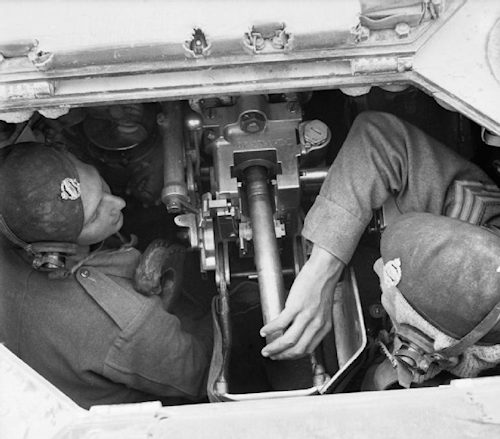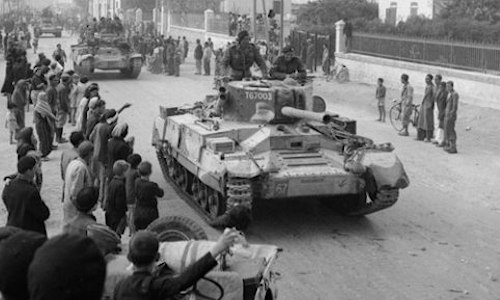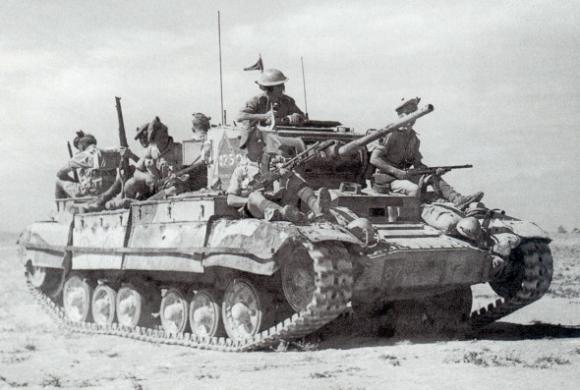Il Valentine It was one of the most important armored infantry tanks of the British Army in World War II.
The vehicle was designed in 1938, and entered service from 1940. More than 8000 units were built; the production of the tank ceased around 1944. Furthermore, it should be noted that the vehicle was also built - under license - in Canada.
I Valentine they were used, in addition to the British, also by the armored units of the Red Army and by the New Zealand army during the war. The vehicle was used extensively in the North African campaign, and stood out.
For Valentine the technicians took the tanks as a "base". A9, A10 e A11. Although mechanical parts of theA10 and A11, the new vehicle differed in greater armor and the turret (created from scratch). Furthermore, components already tested on the vehicles were used A9 e A11; all this made the realization of the design simpler and above all less expensive.
It should be remembered that the turret of the Valentine aroused many doubts in the leadership of the British Army; the military authorities deemed her insufficient in her skill.

It was only on the eve of the conflict – i.e. when the problem of armaments had by now become urgent – that the first orders for the vehicle were ordered.
Like other tanks of the period (see article The tanks for the infantry: the "Churchill"), the Valentine it mounted a 2 pounder (40 mm) gun. According to many analysts, the doubts of the British Army leaders regarding the turret were justified, since "the dimensions and characteristics of the same prevented the installation of a more powerful piece".1
In North African campaign, the British tank gave good results even if it had serious complications with the German tanks - better armed - and with the 75/18 self-propelled guns of the Royal Army. Later, in later versions of the Valentine the turret was improved by equipping it with a 6-pounder cannon. Furthermore, the engine power was also increased.
It should be emphasized that the last examples were equipped with a 75 mm cannon (last photo), but the tank could now be defined as "outdated". In fact, the production of the vehicle - as previously mentioned - ended in 1944. Nevertheless, it can be asserted that the Valentine it was a valid tank during the war.
A fair number of variants were drawn from the hull and mechanics of the combat vehicle: vehicle for demining, radio station, special bridge transport, flamethrower and Canal Defense Light (version for night attacks, ed).2
Il Valentine - in addition to the North African theater - it was used in Madagascar, in northwestern Europe, in the Pacific and on the eastern front.

The infantry tank Valentine it had a length of 5,41 m, a height of 2,273 m and a width of 2,629 m. She weighed 16 tons and had 8-65 mm armor.
Engine: AEC A190 diesel, power 131 HP. The maximum speed was around 24 km/h.
The main armament consisted of a 2-pounder (40mm, Mk I-VII), 6 lbs (57mm, Mk VIII-X) and a 75 mm piece (Mk XI), while the secondary was composed of a 7,92 mm Besa machine gun.
The vehicle – depending on the version – could count on a crew of 3 or 4 men.
1 See PF Cazzani, The Valentine Mk III tank, in Illustrated History n°185, 1973, p.114
2 Ibidem












